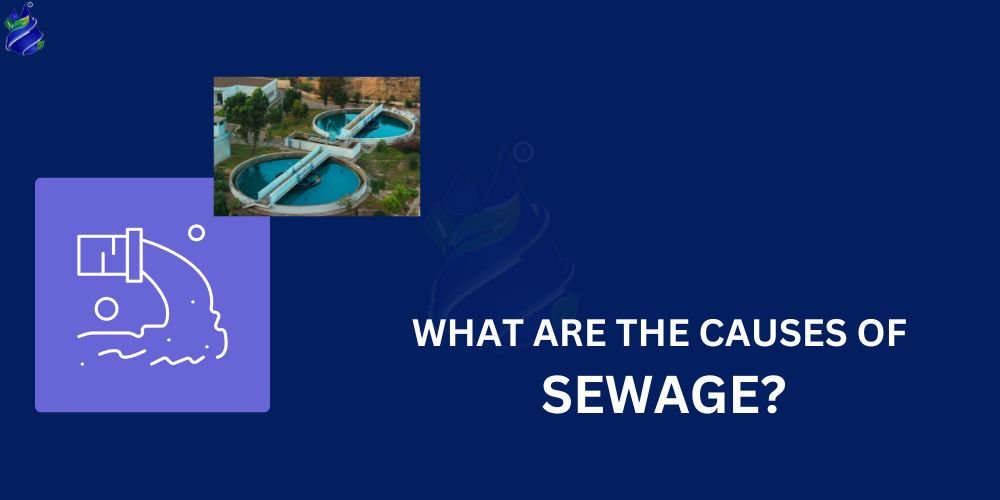
Introduction
Water is an essential element of the environment since it is necessary for both supporting life and preserving ecological equilibrium. Its importance is multifaceted and encompasses both human activity and natural environments. Water provides habitat to innumerable species in the natural world, promoting biodiversity in aquatic habitats. It contributes to the complex web of life by fostering the growth of a wide variety of flora and wildlife.
Water is necessary for maintaining biological diversity, but it also plays a crucial role in controlling temperature and climate trends. Reservoirs such as lakes, rivers, and oceans have an impact on regional and worldwide weather patterns. In addition, water is essential for soil fertility and nutrient cycling, both affecting terrestrial ecosystems' productivity. Water is a basic resource used by humans for home, industrial, and agricultural purposes.
It is essential for many industrial operations, livestock care, and crop irrigation. Waterways also frequently act as channels for transit, which promotes connectivity and trade. However, pollution, over-extraction, and climate change are posing a growing danger to water availability and quality. Understanding the significance of water for the environment emphasises the necessity of sustainable water management techniques to guarantee water's continuous availability and the health of human societies and natural ecosystems.
What is Sewage?
Wastewater with a combination of liquid and solid waste from commercial, industrial, and residential sources is called sewage. Types of sewage include water released from industrial processes, sinks, showers, and toilets is included. Contaminants including bacteria, chemicals, and diseases that can harm the environment and public health can be found in sewage. Sewage must be properly treated and disposed of to avoid contaminating water supplies and safeguard ecosystems. The purpose of treatment plants is to rid the water of pollutants and prepare it for safe discharge into the environment or controlled reuse.
Causes of Sewage Pollution
The main factors contributing to the composition of sewage are urbanization and human activity. Among the crucial elements are:
- Population Growth: As a result of increased residential and industrial activity brought on by a denser population, sewage production rises proportionately.
- Urbanization: As a result of the infrastructure and population concentration brought about by rapid urban development and expansion, more sewage is produced.
- Industrial Discharges: Chemicals and heavy metals are among the contaminants that industrial activities release into wastewater, further contaminating it.
- Absence of Sanitation Infrastructure: Improper wastewater disposal is caused by insufficient or inadequate sanitation infrastructure, such as faulty sewage systems.
- Agriculture Waste- Fertilizer and pesticide use in agriculture can cause nutrient runoff into water bodies, which exacerbates water pollution.
- Improper Waste Disposal: Pollutants can enter the sewage system when household and solid waste are improperly disposed of into storm drains or bodies of water.
Best Method for the Treatment of Sewage
Sewage treatment plant manufacturer offers premium quality sewage treatment plant because they can remove pollutants and toxins, protecting the environment and public health, sewage treatment plants are thought to be among the most effective ways to treat sewage. Sewage treatment plants are useful for several reasons.
- Pollutant Removal: To remove pollutants from wastewater, sewage treatment plants (STP plants) combine physical, chemical, and biological processes. Pathogens, nutrients, organic materials, and suspended particles are the targets of these processes.
- Protection of Public Health: The risk of waterborne illnesses is decreased by properly treated sewage, hence safeguarding the public's health. It is ensured that the treated water is safe for reuse or release back into the environment by eliminating hazardous bacteria, viruses, and parasites.
- Environmental Conservation: The effects of untreated sewage discharge are lessened by sewage treatment plants. By lowering the amounts of dangerous compounds in released water, they aid in the prevention of water pollution, the preservation of aquatic ecosystems, and the preservation of the equilibrium of natural environments.
- Regulation Compliance: Before treated effluent is discharged into water bodies or utilized again for non-potable uses, it must fulfil certain quality standards set forth by environmental regulations and standards, which are followed by sewage treatment plants.
- Nutrient Management: The management of nutrients in wastewater can be achieved by advanced sewage treatment methods. This includes controlling and managing the quantities of nutrients such as nitrogen and phosphorus, which, if left untreated, can cause ecological imbalances in receiving water bodies.
Conclusion
Please feel free to contact us at enquiry@trityenviro.com or call us at +91 9821030072 if you require any assistance or help in setting up the treatment plant. Trity Environ Solution is a leading manufacturer of commercial RO plants, sewage treatment plants, water softener plants, and effluent treatment plants.


